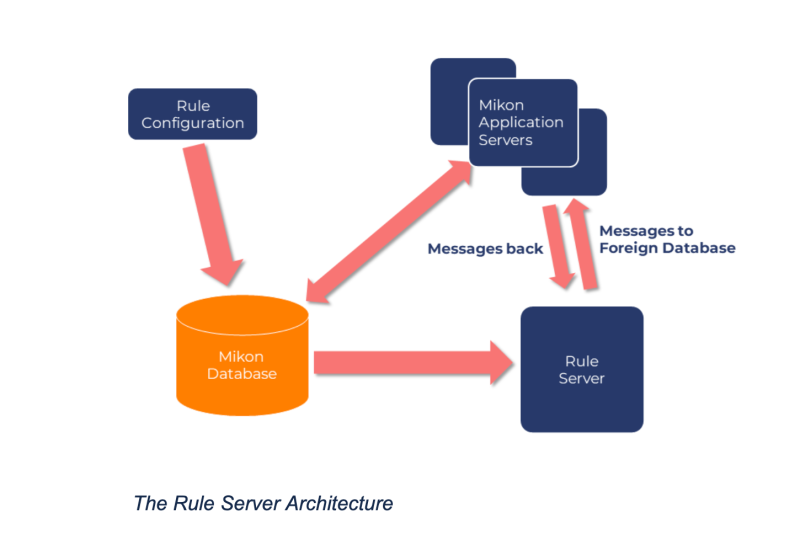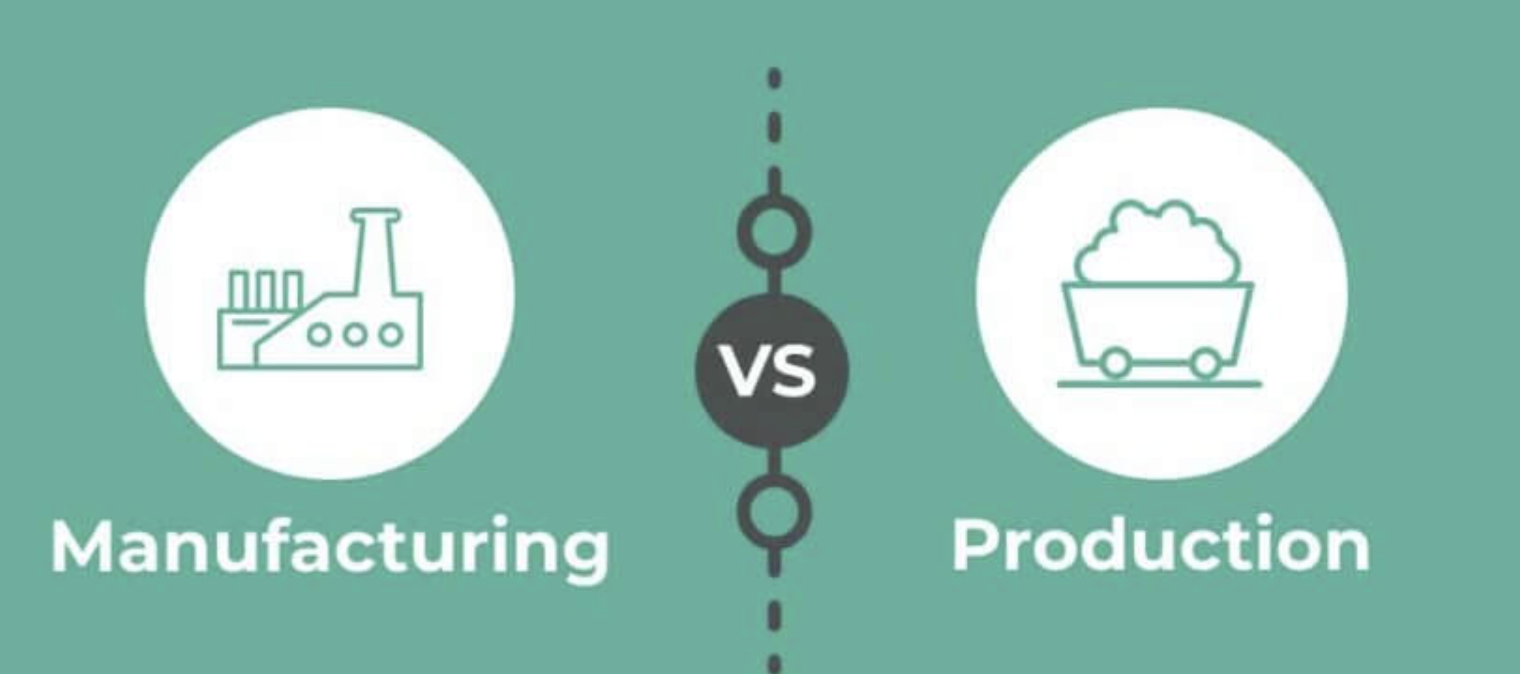Artificial Intelligence (AI) has become a buzzword in recent years, captivating industries and the public with its promise of revolutionising various sectors. For those of us who have been in industrial manufacturing processes for decades, this resurgence of interest in AI is intriguing and a bit nostalgic. At Mikon, where we have delivered systems based on Statistical Process Control (SPC) for over 30 years, today's AI techniques are not entirely new. This article aims to explore the renewed interest in AI, elucidate the differences between Large Language Models (LLMs) and traditional statistical methods, and discuss how the latter continues to be vital for manufacturing processes.
The Evolution of AI
AI's journey began in the mid-20th century with the development of algorithms that could perform tasks typically requiring human intelligence. These included problem-solving, speech recognition, and language translation. Over the decades, AI evolved through various phases, from symbolic AI, which focused on logical reasoning, to the rise of machine learning (ML) in the 1980s and 1990s, where algorithms learned from data. In recent years, AI has seen a renaissance, driven by advances in computational power, the availability of vast amounts of data, and the development of sophisticated algorithms. Large Language Models (LLMs) like GPT-4 have garnered significant attention among these advancements. These models, trained on vast text corpora, can generate human-like text, answer questions, and even engage in meaningful conversations.
Large Language Models vs. Traditional Statistical Methods
LLMs are a subset of AI focusing on understanding and generating human language. They are based on deep learning techniques, particularly neural networks with billions of parameters. The training process involves feeding the model enormous amounts of text data, enabling it to learn the statistical relationships between words and phrases. As a result, LLMs can produce coherent and contextually relevant text, making them useful for applications such as chatbots, automated content creation, and language translation.
The strength of LLMs lies in their ability to handle unstructured data and generate contextually aware predictions or responses. However, they are not without limitations. LLMs require immense computational resources for training and deployment, and their decision-making process is often opaque, making it difficult to interpret how they arrive at specific conclusions. Additionally, they are prone to generating plausible-sounding but incorrect or biased outputs, reflecting the biases present in their training data.
In contrast, traditional statistical methods, such as those used in Statistical Process Control (SPC), have been a cornerstone of industrial manufacturing for decades. SPC uses statistical techniques to monitor and control manufacturing processes, ensuring that they operate at their full potential and produce conforming products with minimal waste. Control charts, process capability analysis, and hypothesis testing are fundamental to SPC.
These methods are grounded in well-established statistical theory and offer several advantages:
1. Transparency and Interpretability: Unlike LLMs, traditional statistical methods provide clear insights into how conclusions are derived. This transparency is crucial in manufacturing, where understanding the root cause of process variations is essential. 2. Efficiency: SPC techniques are computationally efficient, making them suitable for real-time monitoring and control of manufacturing processes. 3. Robustness: These methods are robust and reliable, having been tested and refined over decades of application in various industries.
The Continued Relevance of Statistical Methods in Manufacturing
Despite the allure of AI and LLMs, traditional statistical methods remain indispensable in the manufacturing sector. Here are several reasons why:
1. Process Optimisation: SPC techniques enable manufacturers to identify and eliminate sources of variation, leading to more consistent product quality and reduced waste. By using control charts to monitor process performance, manufacturers can detect deviations from the norm and take corrective actions promptly.
2. Predictive Maintenance: Statistical methods are instrumental in predictive maintenance, where data from equipment sensors is analysed to predict failures before they occur. Regression analysis and time-series forecasting can identify patterns and trends, allowing for timely maintenance and reducing downtime.
3. Quality Control: Product quality is paramount in manufacturing. Traditional statistical methods, such as hypothesis testing and process capability analysis, help assess whether products meet specified quality standards. These methods provide a rigorous framework for quality control, enabling manufacturers to maintain high standards.
4. Data-Driven Decision Making: Manufacturing processes generate vast data. Statistical methods offer a systematic approach to analysing this data, extracting meaningful insights, and making informed decisions. This data-driven approach enhances process understanding and drives continuous improvement.
Integrating AI and Statistical Methods
While traditional statistical methods are indispensable, integrating AI, including LLMs, can complement and enhance manufacturing processes. Here are a few ways this integration can be achieved:
1. Advanced Anomaly Detection: AI algorithms can enhance traditional control charts by identifying complex patterns and anomalies that may not be evident through conventional methods. This hybrid approach can improve anomaly detection accuracy and reduce false positives.
2. Natural Language Processing (NLP): LLMs can analyse unstructured data, such as maintenance logs and operator notes, extracting valuable insights that can inform process improvements and predictive maintenance strategies.
3. Optimized Scheduling and Resource Allocation: AI algorithms can optimize production schedules and resource allocation by considering a multitude of factors, such as machine availability, maintenance schedules, and demand forecasts. This optimisation can lead to increased efficiency and reduced operational costs.
4. Enhanced Predictive Analytics: Combining traditional statistical methods with AI can improve the accuracy of predictive models. For instance, machine learning algorithms can enhance regression models, providing more precise predictions of equipment failures or process deviations.
Conclusion
The renewed interest in AI, particularly in the form of Large Language Models, is a testament to the field's evolution and potential to transform various industries. However, for those of us in the manufacturing sector, the tried-and-true statistical methods remain as relevant as ever. At Mikon, we continue to leverage these methods to deliver robust and reliable systems that optimise manufacturing processes.
The future lies in integrating AI and traditional statistical methods, harnessing the strengths of both to drive innovation and efficiency in manufacturing. By embracing this hybrid approach, manufacturers can remain at the forefront of technological advancements while maintaining the rigour and reliability underpinning their operations.
In this ever-evolving landscape, the fusion of old and new promises to unlock new levels of performance and productivity, propelling the manufacturing sector into a new era of excellence.







